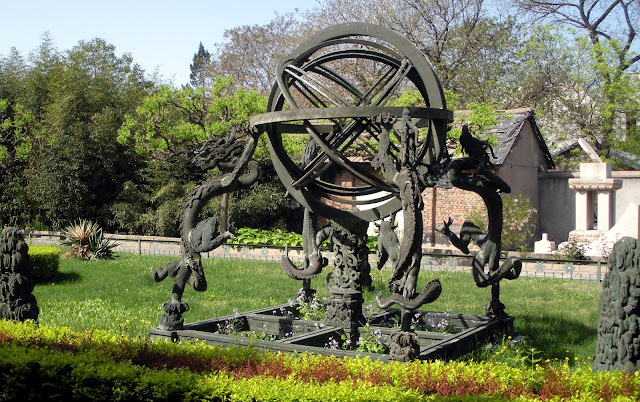 |
| This was my favorite place. You can seen the steam-trays, but the bakery is so small you can't even see it tucked away behind the other businesses. |
 |
| What I would get from the bakery. The top thing is a packet of braised greens. The bottom one is a bread with hot peppers and seasonings folded into the dough. |
 |
| I also heard that the dried fruits in China are good. They were tasty, but I couldn't figure out what any of them were. |
 |
| Our server chopping the duck up in front of us. |
 |
| You put the duck on a small thin pancake, add a few pieces of green onion, and add a sweet sauce before rolling it up and eating it. |

























































